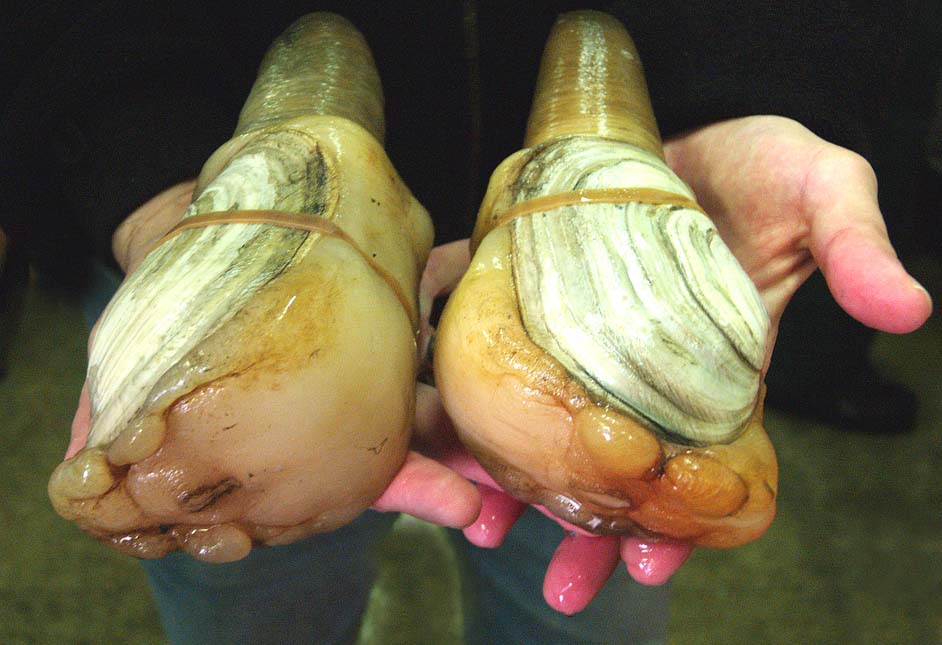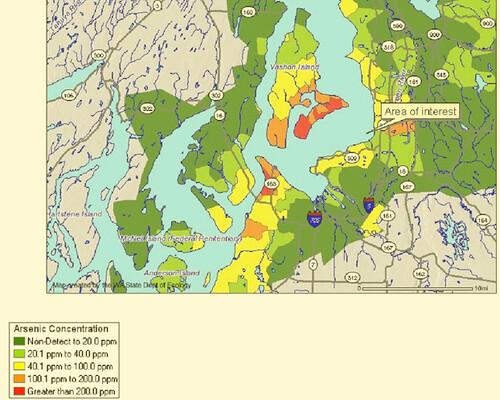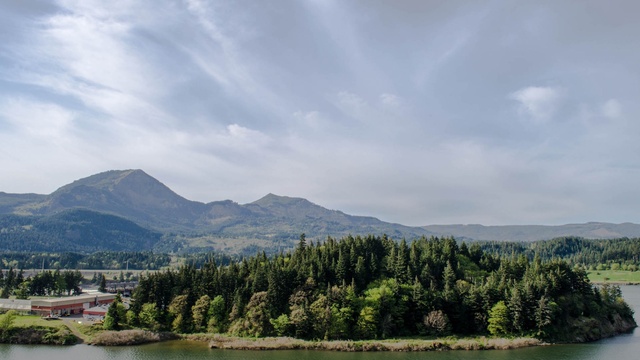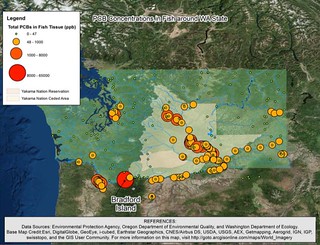
Ashley Ahearn, Earth Fix
SEATTLE — Washington state officials said Tuesday they found lower contamination levels when they tested geoduck clams than those alleged by China when it said geoduck imported from Puget Sound had high levels of arsenic.
China cited its findings in December when it imposed the largest ban on shellfish imports from Northwest waters — as well as from California and Alaska — in the region’s history.
Chinese officials said they found inorganic arsenic levels of .5 parts per million in the shellfish they tested in October.
But Washington officials’ tests produced different results.
“Only one of the whole samples was above China’s standard of .5 (parts per million) and everything else was below that, so that was good news,” said Dave McBride, who oversaw the testing at the Washington Department of Health.
The Department of Health tested more than 50 geoduck clams from the allegedly contaminated area, analyzing the different body parts of the clams to compare arsenic concentration levels.
The details of the test results are perhaps revealing than the overall “whole sample” figures. The skin of the clams tested by Washington exceeded China’s safe levels of inorganic arsenic by as much as three times, although McBride said that should not be worrisome to China, given how the Chinese consume geoduck clams.
“People generally do not eat the skin and we would advise people, when you eat geoduck, to remove the skin,” he said. “What we think is that, for the vast majority of the public, this is not a health issue at all. Obviously, when we’re talking about a carcinogen there is always the risk for high consumers.”
McBride added that the whole, or averaged samples, for several other clams came close to the .5ppm limit set by the Chinese.
The World Health Organization is said to be considering setting safe levels for inorganic arsenic in food in the .2-.3ppm range in 2014.
The shellfish that tested high for inorganic arsenic in China were harvested from a tract of land managed by the Department of Natural Resources that has since been closed. The tract is within the shadow of a copper smelter that was operated near Tacoma for 100 years.
“Well we know that arsenic levels are elevated in the surface soils in that area,” said Marian Abbett, manager of the Tacoma smelter clean up for the Washington Department of Ecology. Soil samples from the surrounding land show levels of arsenic between 40 and 200ppm, though that number does not directly equate to levels of arsenic that will end up in the water, or in shellfish.

Soil arsenic levels resulting from the historic deposition by the Tacoma smelter
in the vicinity of the geoduck tracts of interest. (Courtesy: ATSDR/DOH)
Inorganic arsenic levels are higher in soils in the area immediately surrounding the smelter, though wind patterns also lead to higher concentrations ending up in soil samples to the northeast of the smelter, where the shellfish were harvested.
“I’d be nervous after a big rainfall event,” said Kathy Cottingham, a professor in the Department of Biological Sciences at Dartmouth College who studies arsenic exposure and human health. “With soils that contaminated you need to worry about the episodic events of a big rainstorm or snowmelt causing pulses into the water.”
The area was closed to all shellfish harvest until 2007, when the Puyallup Tribe petitioned state agencies to reopen the tract for geoduck harvest. At that time the Department of Health conducted tests on geoduck in the area and found levels of .05ppm. That’s an order of magnitude below the amount found by the Chinese in October of 2013 and well within the safety parameters set by the Chinese.
However, state agencies have not tested for inorganic arsenic or other metals in shellfish from the area since it was reopened in 2007.
Arsenic is a carcinogen that has also been associated with long-term respiratory effects, disruption of immune system function, cardiovascular effects, diabetes and neurodevelopmental problems in kids.
“There’s no safe level, but at some point you’ve crossed the threshold to being really dangerous and we don’t quite know where that threshold is at this point,” Cottingham said.
The Food and Drug Administration has delayed setting a safe level for arsenic in food. Washington state does not regularly test for arsenic in shellfish.
McBride said he did not see a need to test the Tacoma site further after his agency’s extensive sampling.
“I think we have a pretty good handle that this area is pretty clean and wouldn’t require further testing,” he said. “The lab results have been sent to (the National Oceanic and Atmospheric Administration) and NOAA has sent them on to the state department to the Chinese (as of yesterday). We’re waiting to hear if and when the ban might be lifted.”







